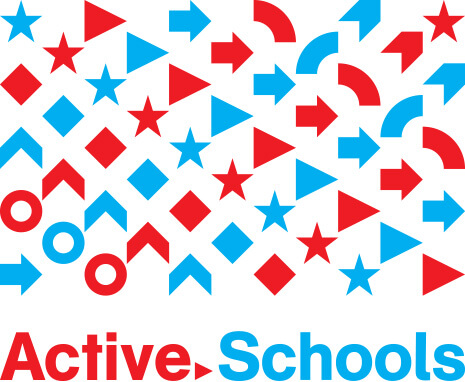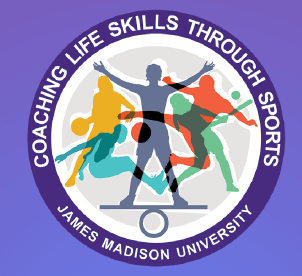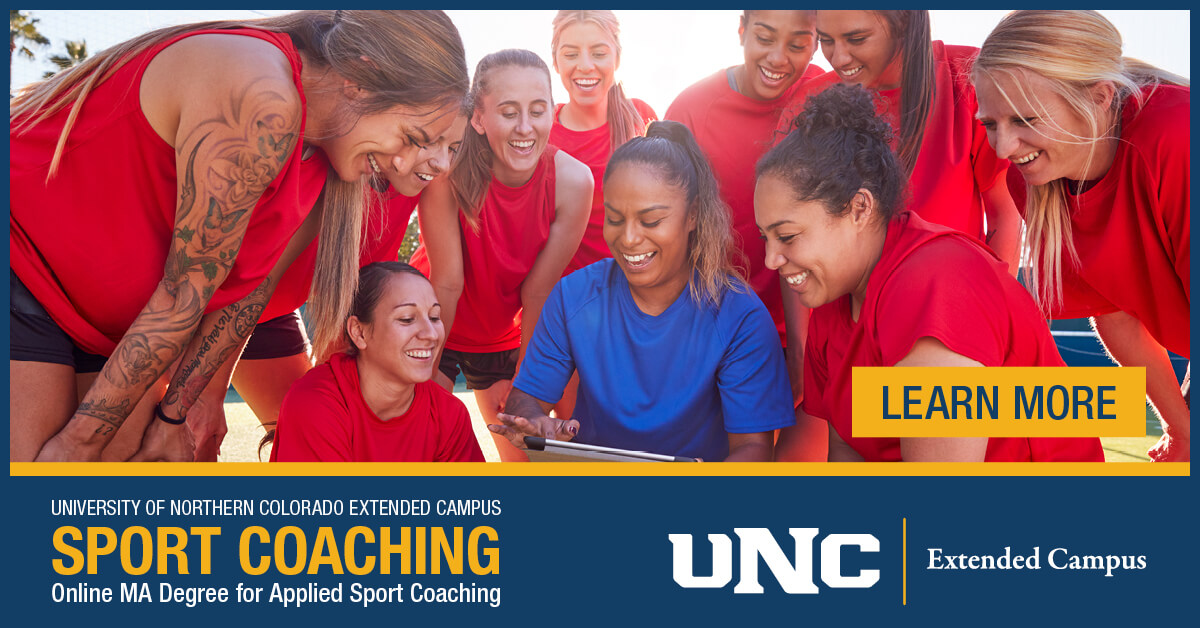
Education continues to evolve offering students an assortment of opportunities to earn college credit while still attending high school. In the state of Idaho, the Fast Forward Program provides students attending public schools access to $4,125.00 to help pay for dual/concurrent enrollment credits, Advanced Placement College Board, and Professional Technical Education exams and overload course fees. Dual/concurrent enrollment is a collaborative partnership between higher education and high schools to provide college courses for high school students. The high school instructors are pre-approved by the college/university academic departments to deliver college-level courses.
A fundamental component of this partnership is that the courses dually taught are closely aligned while still allowing some academic freedom between instructors. From our learned experience, this process can be tedious, drawn out, and complicated. Therefore, we offer the following strategies for success in navigating the dual credit program.

Perspectives from a College Instructor
Observations. As a dual credit liaison, the role of the college instructor is to reach out to all assigned high school dual credit instructors and determine a course observation time, per the requirements of the liaison contract. In our efforts to streamline this process, observation times are scheduled on dates that correspond with the completion of signature assignments. For example, one signature assignment is a student-taught skill presentation. Thus, the high school instructor coordinates an observation time which allows the liaison the opportunity to view the completion of this signature assignment.
As a liaison, it is critical to ensure the course offerings are as similar as possible while maintaining academic autonomy among teachers. In addition, while the liaison is required to complete evaluations for each dual credit instructor, this role should not be viewed as “employer-employee.” With this in mind, the observations have led to a productive discussion of how to better align the signature assignments and associated grading rubrics. For example, one grading criterion used for the aforementioned signature assignment is the inclusion and presentation of joint movements and muscle actions for the skill. Through observation, we identified the need for students to spend more time identifying and presenting these criteria to a group. Thus, the role of observation proved vital to the improvement of the student experience.
 Establishing Communication Best Practices
Establishing Communication Best Practices
When a college instructor is approached about being a dual credit liaison, there are several incentives to take on the role. As a dual credit liaison, there is an opportunity to create relationships with the high school instructors, recruit students, review and improve courses, etc. However, one of the most critical components of a successful dual credit program is establishing communication best practices. In our experience, the following practices listed below are essential for the alignment of courses.
Face-to-Face Discussions. For both instructors to be on the same page about course delivery and content, having frequent face-to-face conversations is a must, especially at conception. This requires time out of everyone’s schedules, posing the largest hindrance. That said, in the face-to-face meeting, topics for discussion should include (at a minimum) identifying primary goals and determining alignment strategies.
Shared Documents. Documents shared between both instructors allow for even greater course alignment. Instructors should take time to review the course syllabi together to ensure similarity, specifically in learning outcomes. Additionally, signature assignments can and should be used across courses as a means of improving coursework symmetry and content review. For example, students at both high school and college may be required to complete a project. The instructions and guidelines provided to the students, as well as the rubric used by the instructors could be the same or at least very similar in criterion. We have learned to be comfortable in sharing created assignments and in the process have resolved to edit and improve assignments for the betterment of the students.

Perspectives from a High School Instructor
Observations. The dual credit program is a great academic opportunity for students as the rigor of the dual credit assignments is valuable for student learning and in preparing students for the post-secondary level. The dual credit program is also valuable for the high school instructor. The opportunity for instructors to learn new ideas and share with like-minded, supportive partners is beneficial and welcomed by both parties. Instructors can improve their teaching practices when they have another colleague to share ideas with and learn from without fear of judgment.
Considerations Before Getting Involved in the Program. Once forms of communication have been established, the classes that will be offered as dual credit will need to be identified. By sitting down with a faculty liaison and reviewing common courses, instructors will be able to determine which courses can be offered as dual credit. Lastly, identify the primary goals of the dual credit program.

Establishing Communication Best Practices. It is important for high school and college instructors to make time for regularly scheduled check-ins and team meetings. While face-to-face discussions may be preferred, the use of virtual meeting methods and email are necessary when schedules conflict and physical distance is a barrier. In-person visits and observations at the beginning and near the end of the course are highly recommended to ensure the course starts off well and ends strongly. Regular communication helps build and maintain the dual credit relationship.
Teams should discuss course goals, syllabi, overall content, and signature assignments to define and maintain course alignment. These documents should be in a shared location (e.g., a Google Drive folder) to help both instructors collaborate and utilize shared signature assignments.
Another important part of communication is to share best practices to improve instruction and student learning. Teachers learn best from each other. When the college instructor comes in to observe the high school setting, both instructors should take time to share best practices and be a sounding board for each other on what is going well and what areas they are seeking improvement. The sharing of best practices to improve student learning should be an integral part of any dual credit program.

Strategies for Success
Make Sure the Student is Ready. Helping students understand whether they are truly ready for the college-level course is important. This can be achieved by maintaining high expectations for student learning, grading assignments in a timely manner, and providing consistent feedback so students understand if they are meeting expectations.
When students are not ready for the college level rigor, they need a lot more support than traditional-aged college students and this takes more time and support on the high school instructor’s part to help them be successful. If a student is not ready or willing to work at the college level expectation, they need to be encouraged to drop the dual credit portion of the course before the penalty-free drop date ends so their future funding is not jeopardized. In the physical education dual credit course, this means they still complete the high school course but do not earn dual credit. They can retake the high school course for dual credit in a different semester and use their previous experience to be more successful and ready for college-level work. Most often, the younger students are not ready and teachers should be honest with students about the rigor of the course so they can make an informed decision about whether or not to take it for dual credit. High school instructors should consider recommending the course to upperclassmen due to readiness and maturity levels. The younger students would benefit most by taking the course first without dual credit and then taking it again as a dual credit course.

Collaboration. It is important for the high school instructor to maintain a high level of expectation for the course, especially in a physical education setting where the course content and calendar may not match with the college-level course due to time constraints and course/teacher availability at the high school level. Both high school and college instructors must strive to match the course content as best as they can and achieve the planned signature assignments that achieve course goals. Both instructors should go over these at the beginning and end of each semester to reflect upon the data and make adjustments for the next semester.
Alignment. A best-case scenario is when the physical education course is aligned more like the college course and has the same work for all students, especially the signature dual credit assignments. The course is best aligned when students are not having to do “extra” work for dual credit. Unfortunately, due to scheduling and section availability, physical education dual credit courses do not have prerequisite requirements and are open for all students regardless of their grade, readiness, and desire to take the course for dual credit. This makes it challenging for the high school instructor to manage the different needs of the students (those who are there for dual credit and the high level of rigor and those who are not and just want a general physical education credit) and adds stress to managing the course overall. This scenario can cause students who are not prepared for the rigor of dual credit work to do poorly in class. A workaround here may be to have separate grading expectations on the signature assignments for the regular education vs. dual credit students. This would help introduce students to the concepts of dual credit work and still require the same work throughout the course, modifying expectations, while still holding the college level dual credit students to the high standards of the dual credit work.

Sharing. The good news is that it does get easier the more you teach the course. New teachers need more support and check-ins as they are overwhelmed with and unsure of the expectations and how hard to push students for the dual credit course requirements. College instructors should share student work samples and rubrics as well as discuss grading and assessment practices. Sharing sample teaching videos or having the high school instructor observe the college instructor in-person or virtually would be valuable.
Conclusion
The dual credit program has afforded students the opportunity to save money and earn college credit. However, there are many considerations prior to implementation and along the way. When all involved work as a team, relationships are built and education is heightened.
